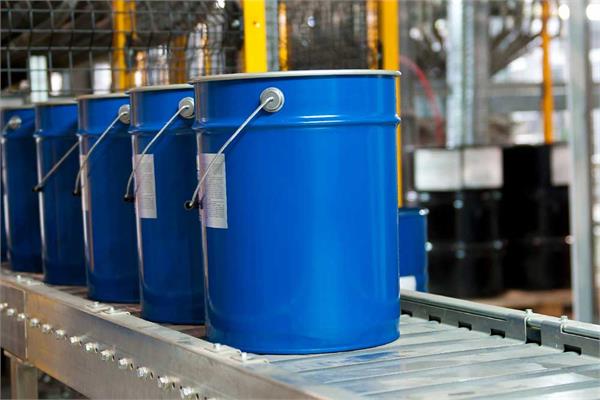
Cortec’s M-120 corrosion inhibiting additive for water-based paints makes it easy for formulators to add Cortec Micro-Corrosion Inhibiting Coatings to their own paints at any stage of the production process.
Launched in 2019, M-120 by Cortec relies on the power of Cortec VpCI amine-carboxylate based technology to form a microscopic corrosion inhibiting layer to protect metals at the microcavity level. It can be used alone or in conjunction with traditional corrosion inhibitors or pigments to maximize the corrosion inhibiting ability of the paint.
M-120 solves in-can corrosion problems by protecting the coatings that sit in a can unused for an extended period of time, as it contains both contact and vapor-phase protection, thus offering a comprehensive corrosion protection inside the can above and below the level of the paint.
M-120 can also reduce scribe creep thanks to its micro-corrosion inhibiting technology. Scribe creep is a standard test method used to measure corrosion when coated panels undergo salt spray or humidity testing. Any chip or minor damage to a coating can create a corrosion starting point from where rust can easily begin to spread underneath the coating and cause coating failure. If the rust does not creep very far from the coating scribe during testing, the additive/coating has a better chance of avoiding this type of coating failure in the field. M-120 performs well on this aspect.
Beyond corrosion protection, M-120 is also versatile and easy to use, as it can be added to different types of water-based resin systems (epoxies, urethanes, acrylics, and alkyds) and at any phase of manufacturing: it can be added to the mill base, after the addition of a wetting agent and co-solvents or to the resin prior to adding other components; it can be added at the end of the mixing process after all other raw materials have been added; it can be used as an add-in after the product has been made.